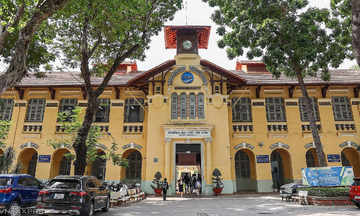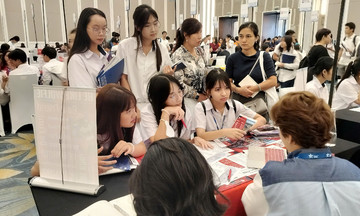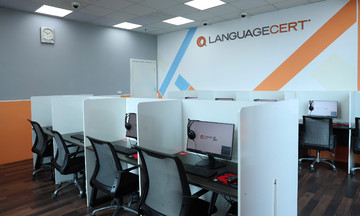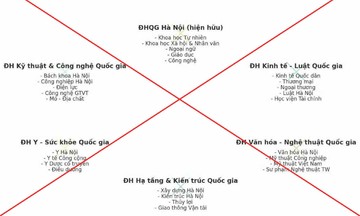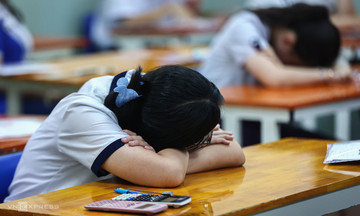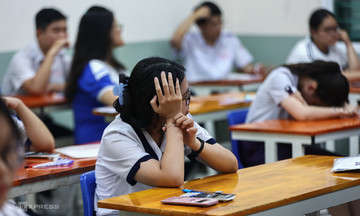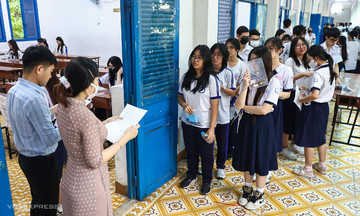Nguyen Van Phong raised this concern at the 2024-2025 school year summary conference on 20/8.
He expressed his "serious concerns" upon learning that one ward planned to build two primary schools close to each other to address a school shortage.
"I asked why they were building next to each other, and they said that was the only way to strive for national standards," he recounted.
He explained that urban development trends in many countries show a 20-year urbanization process followed by population shifts. Areas further from the city center experience population decline, resulting in a surplus of schools. South Korea, China, and Japan have faced this situation.
"Since we have the means to forecast this, is it necessary for every new commune to have two or three primary schools and two or three lower secondary schools? We must reconsider," he said, citing declining birth rates in many suburban areas.
 |
Nguyen Van Phong, standing deputy secretary of Hanoi's Party Committee, at the conference on the morning of 20/8. Photo: Le Cuong |
Nguyen Van Phong, standing deputy secretary of Hanoi's Party Committee, at the conference on the morning of 20/8. Photo: Le Cuong
Phong suggested the city review and reassess its planning, consider building combined-grade schools, and involve the Department of Education and Training in management. He noted that school construction is currently handled by former districts and counties, now wards and communes, while the Department lacks authority. This can lead to waste and localized school shortages or surpluses.
Director of the Department of Education and Training, Tran The Cuong, reported that the city has 2,954 schools for the new school year, including 43 newly built schools. This is a significant achievement for the education sector.
The Department will review, supplement, and plan the school network, focusing on repairing and upgrading schools and restrooms. They will also improve forecasting for school and teacher development to align with the current situation.
For many years, a prominent issue in Hanoi has been the shortage of upper secondary schools. The 10th-grade entrance exam is particularly stressful, with a pass rate of only around 60-62%.
In the 2025-2026 school year, Hanoi has over 2.3 million preschoolers and K-12 students, an increase of about 60,000 from last year. The capital's student population is the second largest in the country, after TP HCM (2.5 million students).
Students in grades 1, 9, and 12 will start school on 22/8, while other grades will start on 29/8. Private schools are allowed to start earlier, so many have already welcomed students and begun teaching the official curriculum since early August.
Thanh Hang






